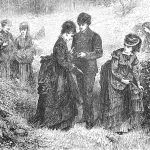The telephone is one of the most important inventions ever. It changed how we communicate, learn, and entertain ourselves. But behind each call was a telephone operator who made it possible.
When you think of old-time switchboard operators, you likely picture a friendly woman warmly connecting calls. This image is mostly true, but the first operators were actually teenage boys, often impolite and curt.
Although technology has mostly replaced them, live operators still exist today. Let’s take a brief look at the history of telephone operators.
Boys at the switchboard didn’t last
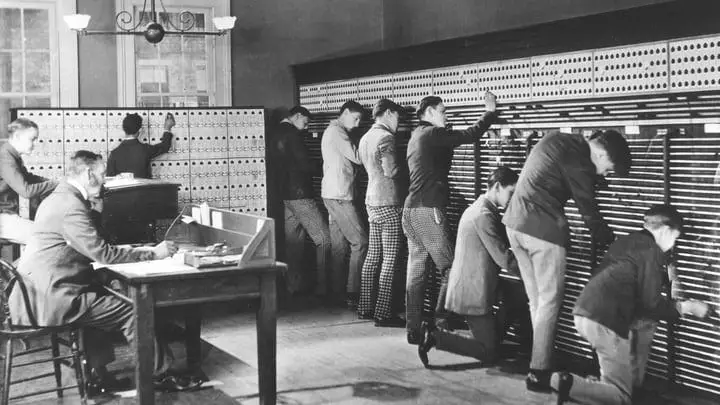
The first telephone operators were teenage boys, chosen because they were inexpensive and familiar with telegraphy. However, they soon caused problems.
The boys, barely in their teens, couldn’t behave properly. Often rude and prankish, they ignored or disconnected calls, mocked callers, and even fought amongst themselves.
Marion May Dilts wrote in her 1941 book, The Telephone in a Changing World: “When some other diversion held their attention, they would leave a call unanswered for any length of time, and then return the impatient subscriber’s profanity with a few original oaths.”
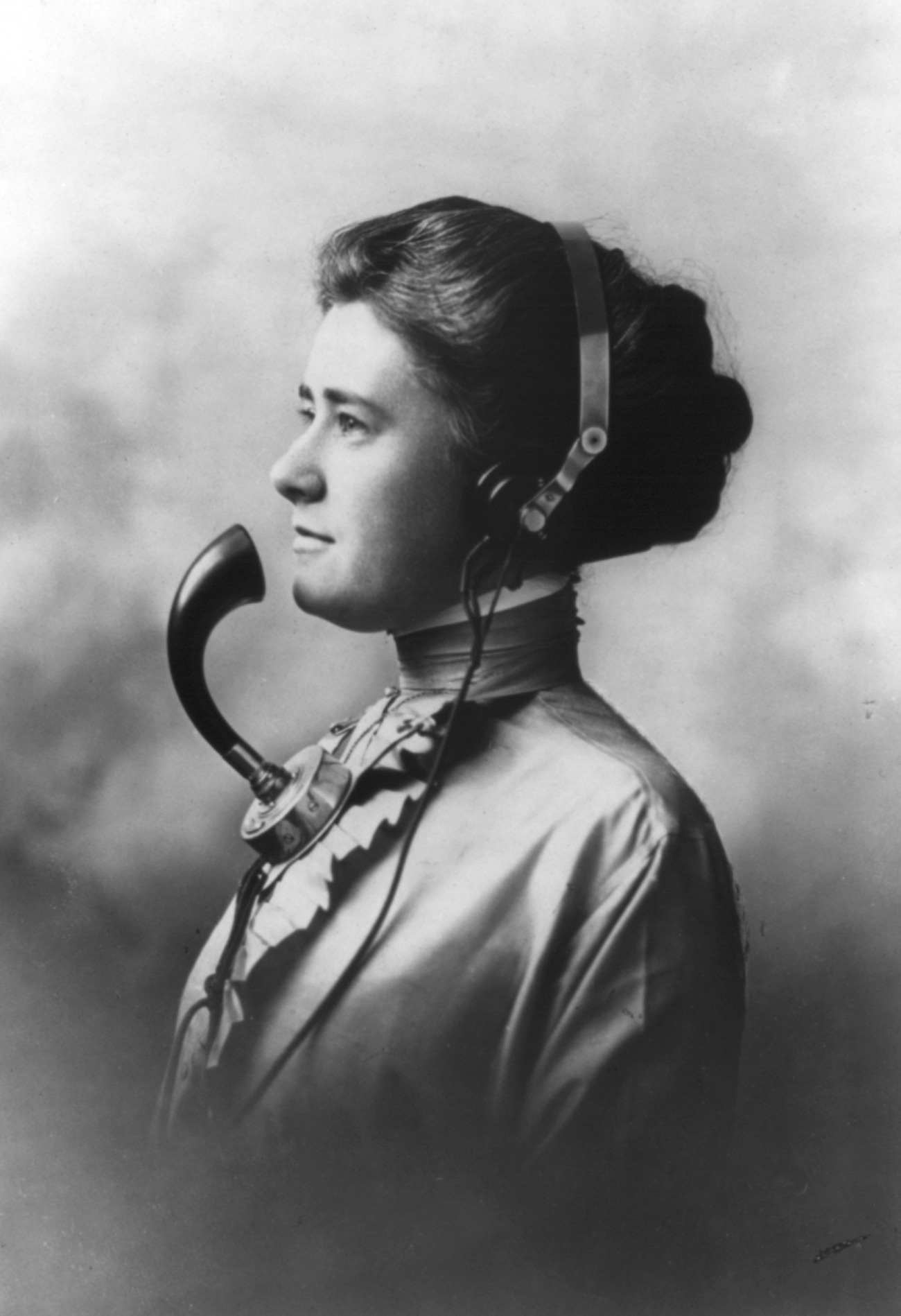
This behavior displeased Alexander Graham Bell – the telephone’s inventor, and other pioneers. They decided to replace the boys with young women, who were seen as more polite, patient, and obedient. Women also had softer voices and clearer diction, making them easier to understand on the phone.
The first female operator, Emma Nutt, began working for the Boston Telephone Dispatch Company in 1878, earning $10 a month for a 54-hour week. Her calming voice and courteous manner made her the perfect role model for telephone operators.
How women took over the phone lines
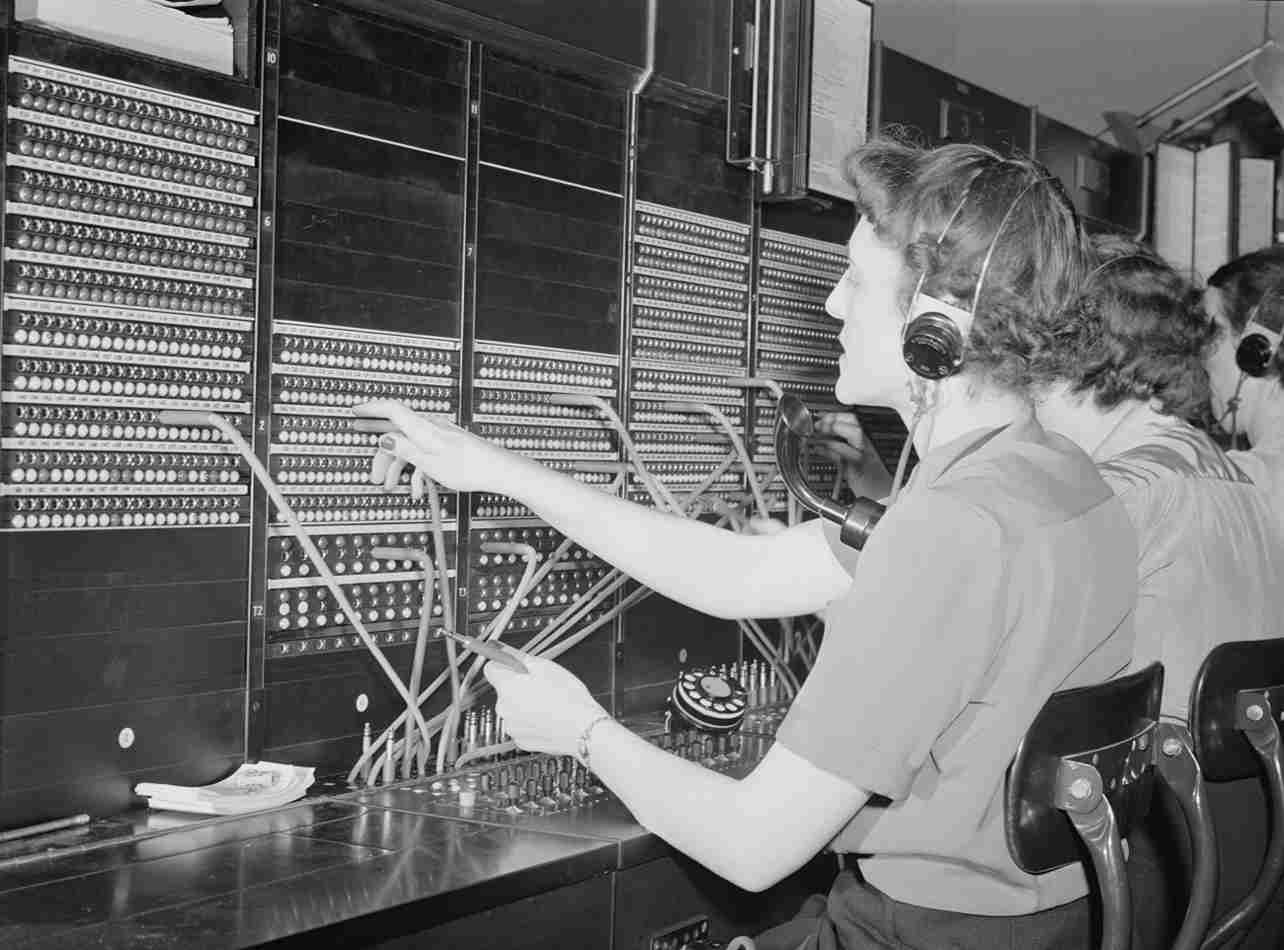
As the number of telephones in the U.S. increased, so did the need for operators. Local phone companies went door to door, convincing parents that being a telephone operator was a respectable job for their daughters.
In 1910, there were 88,000 female operators. By 1920, this number grew to 178,000, and by 1930, it reached 235,000.
Women operators connected millions of calls and provided information, assistance, and emergency services. They also played a key role in social change by fighting for better working conditions, joining labor unions, and serving as military switchboard operators in WWI.
Some women operators had the chance to serve overseas during the war, connecting calls for the American Expeditionary Forces and their allies.
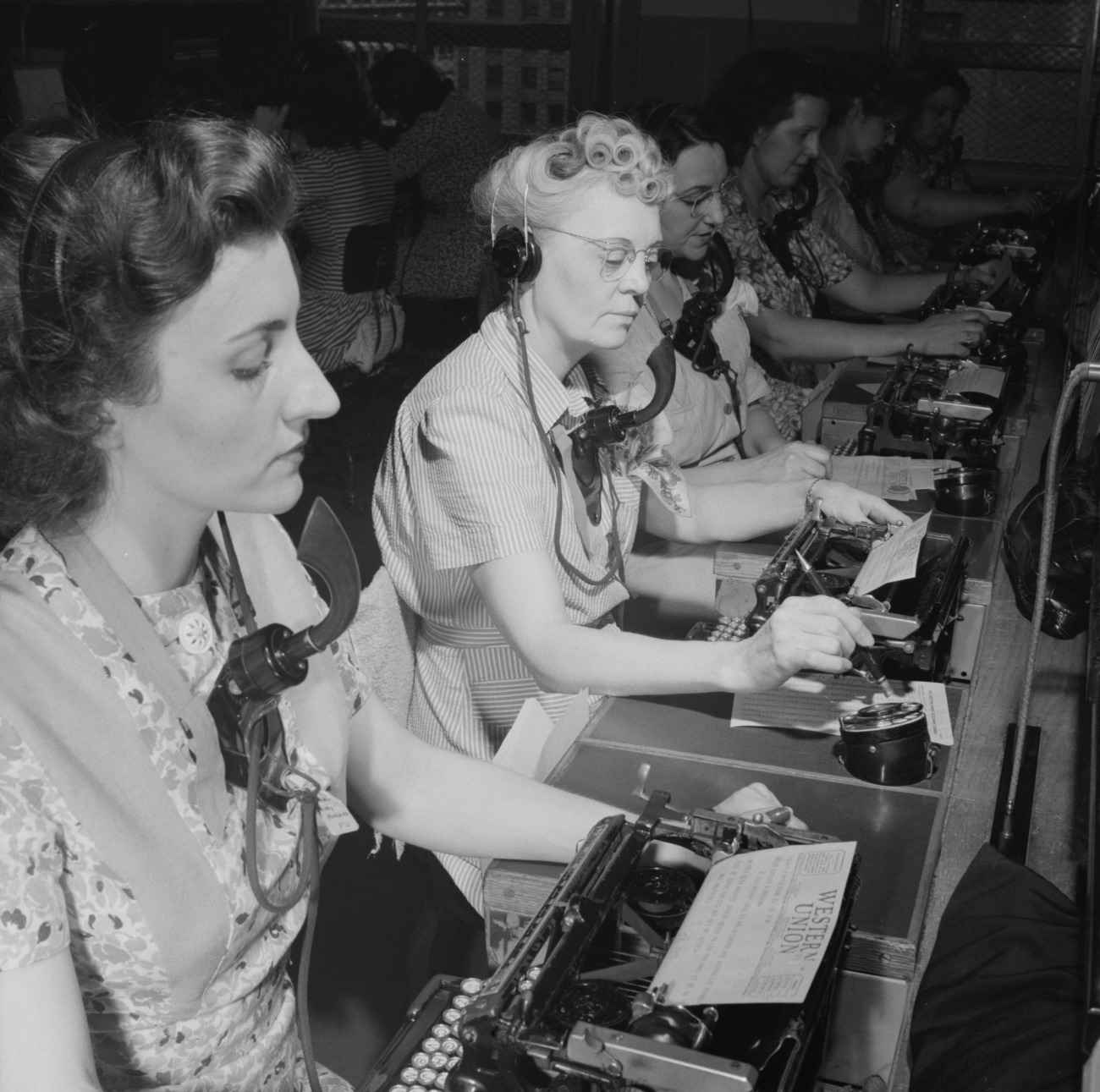
Known as the “Hello Girls,” they wore khaki uniforms with insignia. They faced long hours, poor equipment, enemy fire, and censorship but earned respect and admiration from their male colleagues and commanders.
These women, along with those serving as nurses, ambulance drivers, and in other crucial war roles, helped change President Woodrow Wilson’s stance on women’s suffrage.
In a 1918 speech to Congress, Wilson acknowledged their contributions: “We have made partners of the women in this war… Shall we admit them only to a partnership of suffering and sacrifice and toil and not to a partnership of privilege and right?”
What exactly telephone operators did
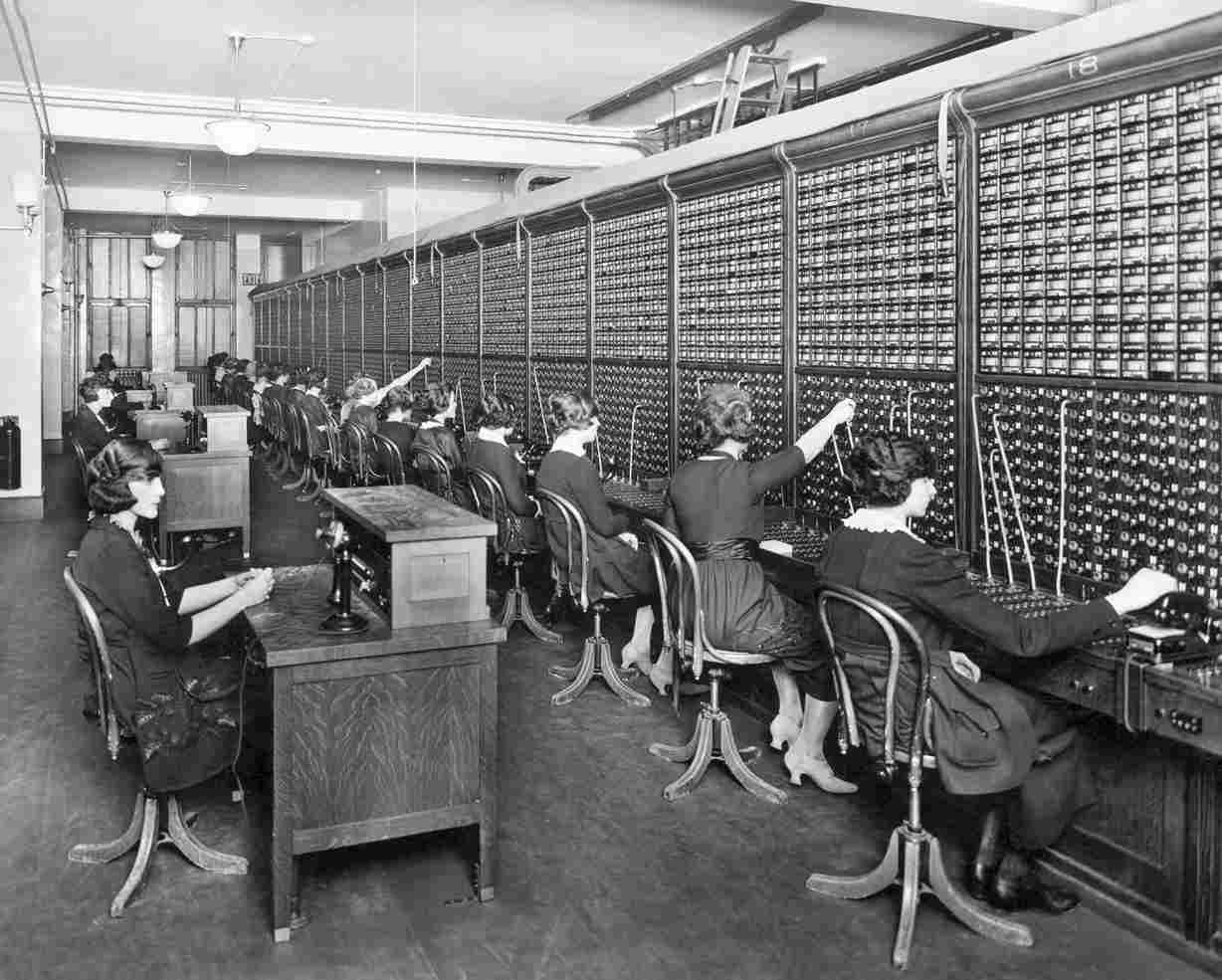
Phones in an area are connected by wire to a central exchange. A person would call the exchange, and an operator would answer. The caller would name the person they wanted to speak with, and the operator would plug a cord into that person’s socket to connect them.
Long-distance calls required the local exchange to connect through a series of cables to other exchanges. As more customers joined, phones were given numbers for easier connection.
Early operators worked at small, rural exchanges, often in railroad stations or general stores. In cities, large switchboards had rows of operators working side by side. At busy boards, work was frantic, and some operators wore roller skates to move quickly.
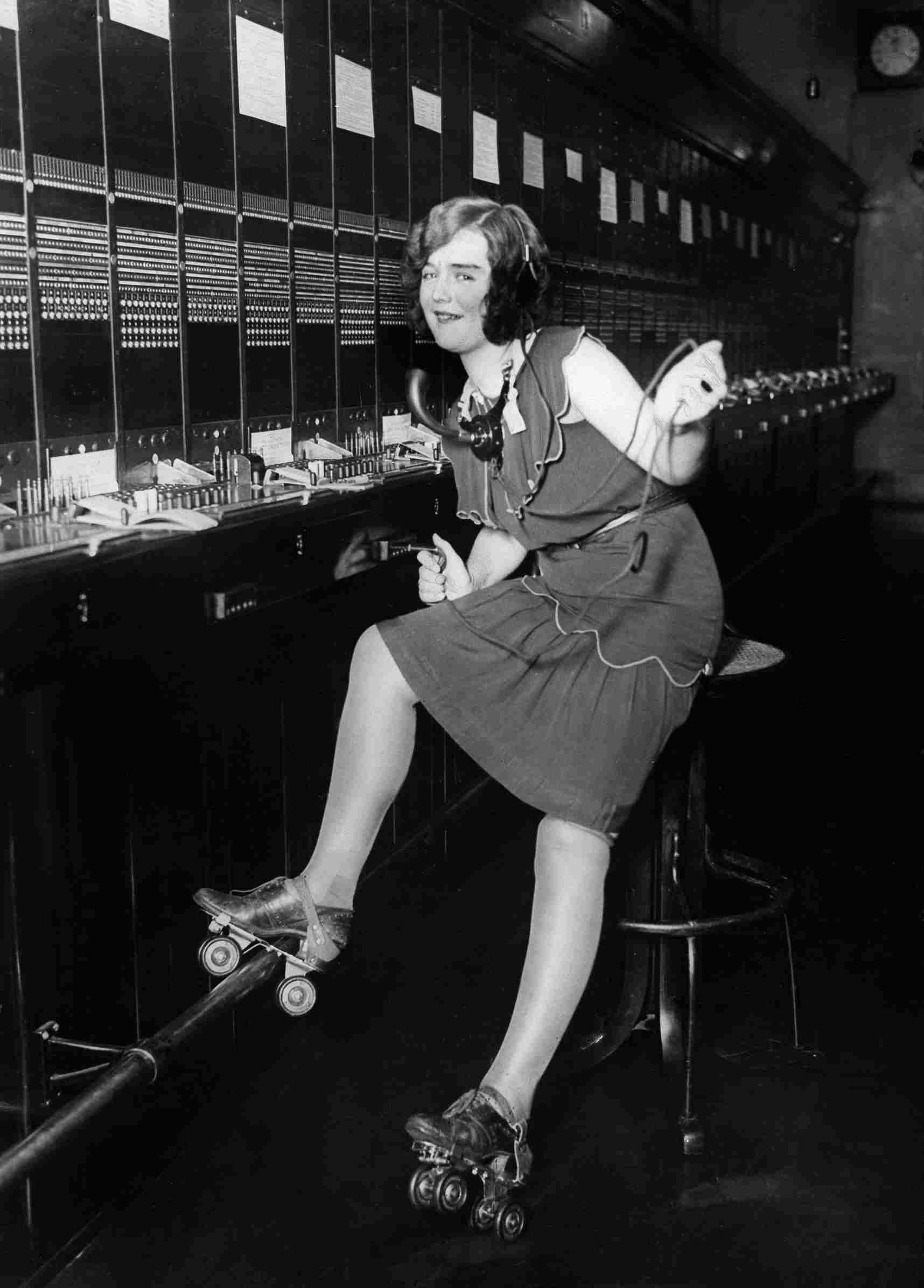
Dress codes were strict, with long black dresses and no jewelry. Operators faced many rules, and spies monitored their calls using a listening board.
In 1899, after a San Francisco operator named Anna Byrne killed herself, the coroner blamed the phone company. The pressure and surveillance drove operators to despair. A veteran operator told the San Francisco Examiner that they couldn’t even whisper or smile during their nine-hour shifts. She once worked 10 extra hours without pay for a brief giggle.
Companies also tried to control operators’ personal lives. “The unwritten rule was that she could not marry and would lose her job if she did,” noted Ellen Stern and Emily Gwathmey in their 1994 history, Once Upon a Telephone.
Telephone operators went on strike
The fast-paced work and strict rules eventually caused discontent among telephone operators. Companies soon learned their seemingly compliant female workforce had limits.
In April 1919, around 8,000 operators from the New England Telephone Company went on strike, nearly halting phone service in Maine, Massachusetts, New Hampshire, Rhode Island, and Vermont. Within five days, the company met their demands for higher wages and collective bargaining rights.
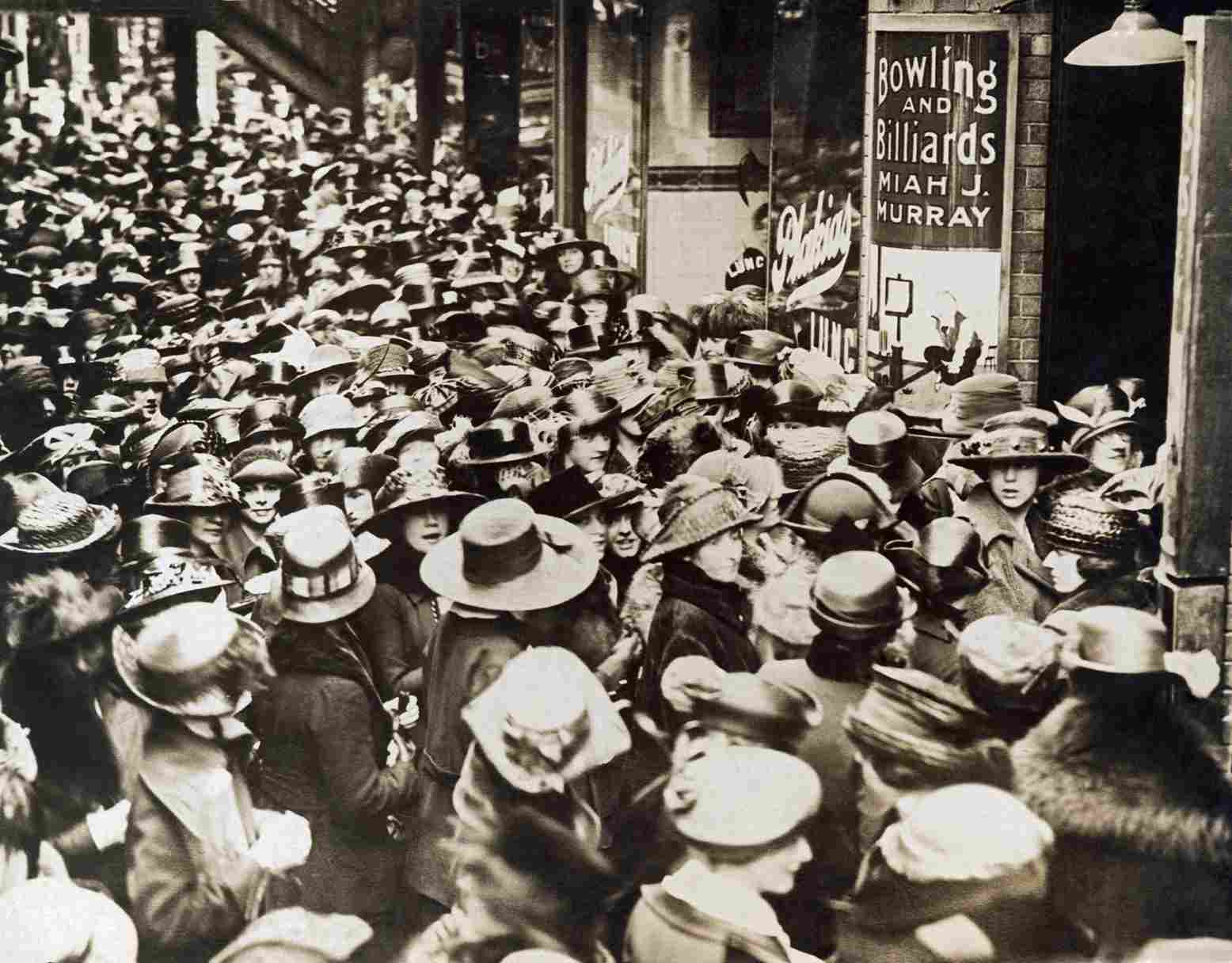
Agnes Nestor, a telephone operator and labor activist who led a strike in Chicago in 1919, said: “We are not machines. We are human beings who want to work in a place where we can provide good service without being rushed to death”.
The strike brought New England’s business to a standstill, but the operators’ demands were met within a week. They gained better wages, hours, and the right to organize.
However, this victory had an unintended consequence. To reduce their reliance on operators, phone companies introduced automatic dialing, which eliminated the need for local switchboard operators.
Telephone operators work in today’s world
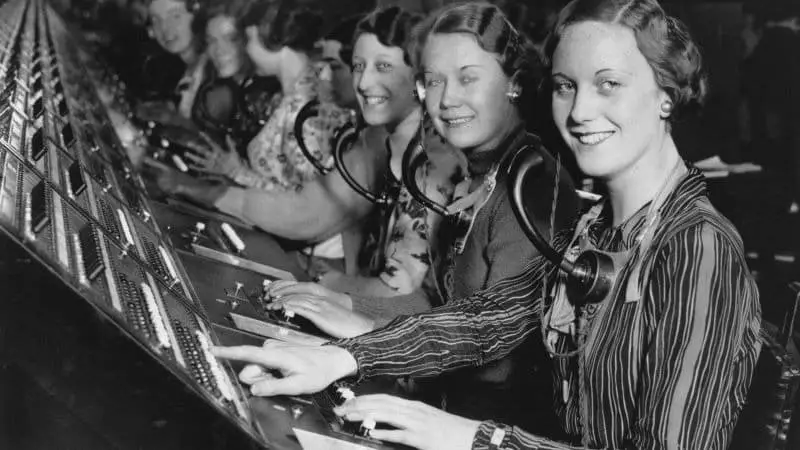
Though the telephone operator profession might seem outdated, it continues to provide essential services.
For instance, 911 operators are crucial in emergency response. Live operators also manage technical logistics for international conference calls and large teleconferences.
Today, operators work in various fields, including customer service, emergency response, and specialized support lines. They offer a personal touch that automated systems can’t match, helping with complex issues and providing comfort in urgent situations.
Despite technological advancements, the role of telephone operators remains valuable for offering human interaction and assistance when most needed.


